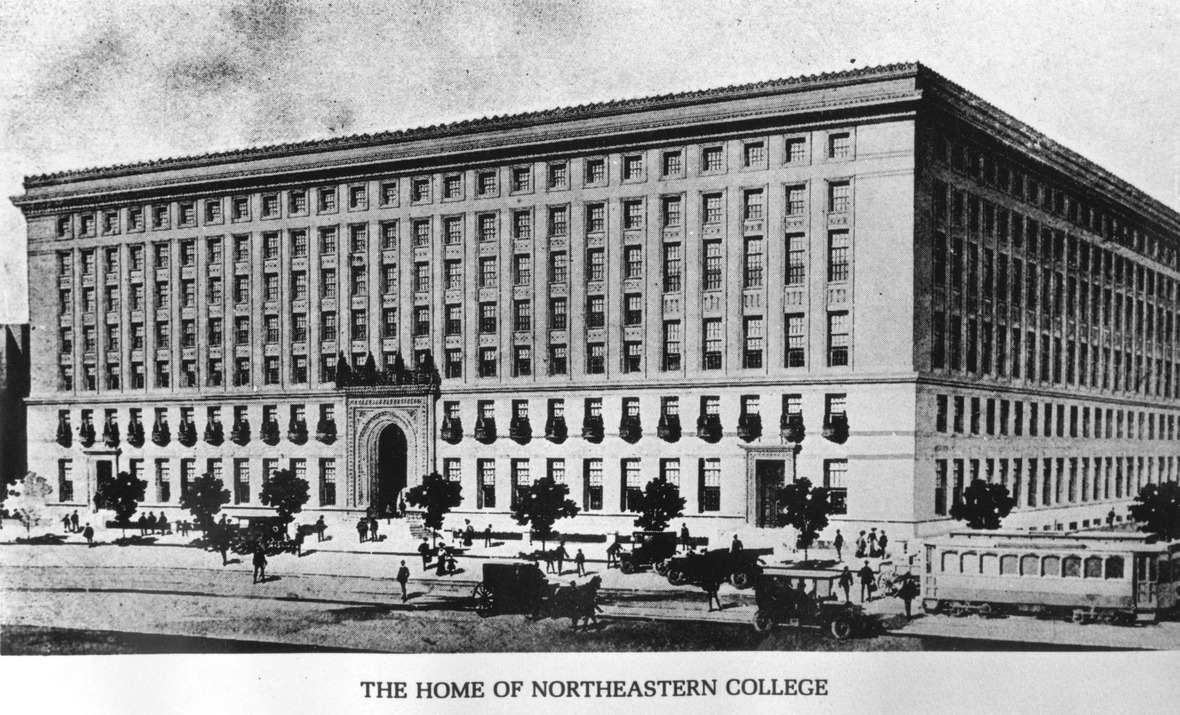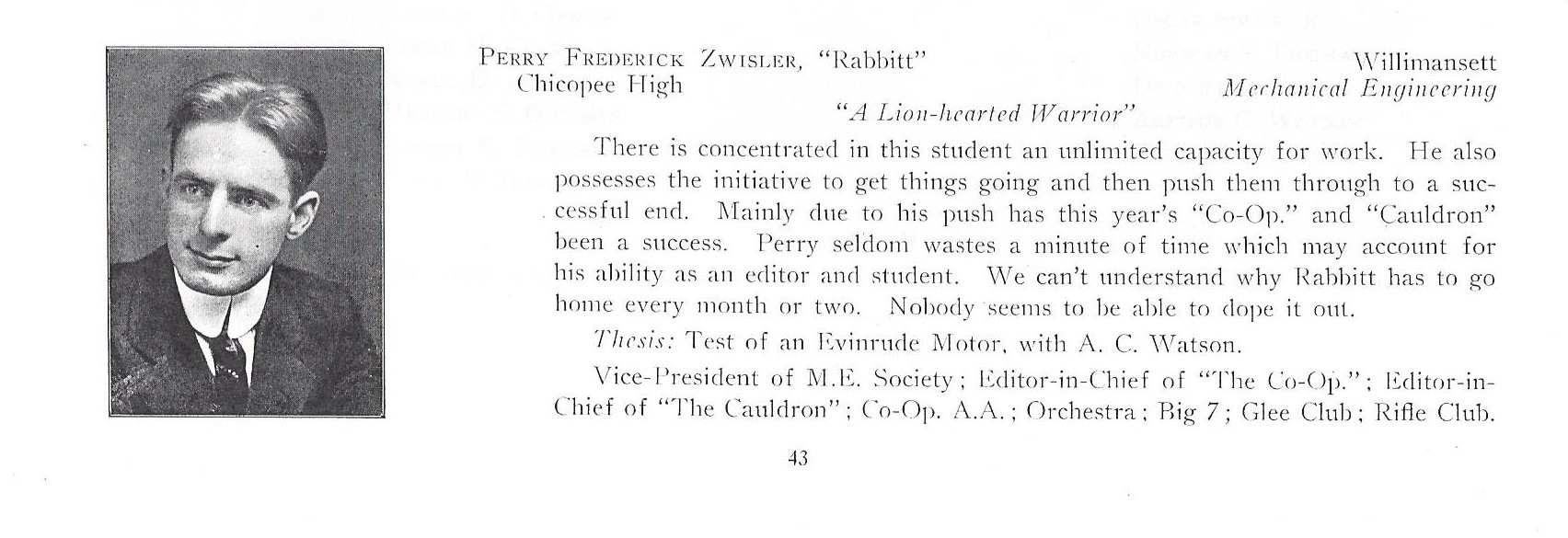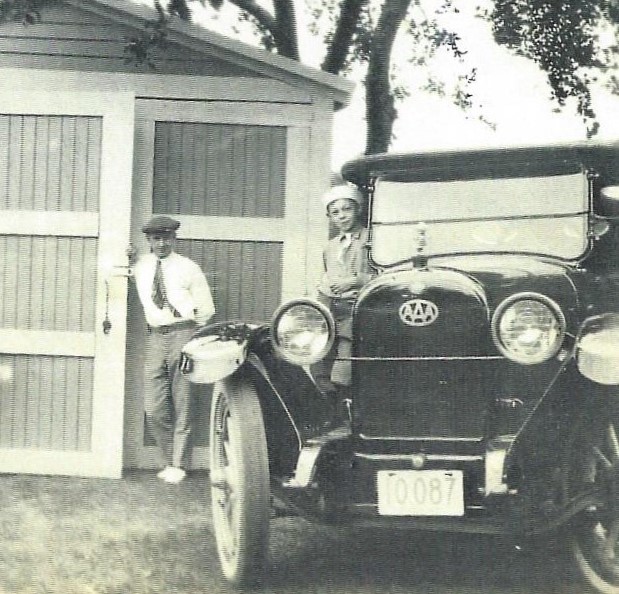Grandpa's Keepsakes and Their Stories
If we are lucky, we inherit bits and pieces of possessions from our ancestors and they can provide wonderful insights into their lives that we might not have known about otherwise. They become, not just family heirlooms, but something that can give us a closer understanding about those who came before us. Family possessions and paper ephemera we inherit provide all kinds of clues for us. My husband’s maternal grandfather, Perry Frederick Zwisler, was a fascinating man and the keepsakes we have inherited from him, with some research as to their history, provide interesting clues as to who he was and how he lived his life. The photo above was taken in the 20’s probably. He was born in 1896 and he died in 1987 at the age of 91.
Grandpa Zwisler came from German ancestry. His mother and her parents were born in Germany and his father’s parents were both born in Germany. This Anchor Puzzle probably belonged to Grandpa and it was made by F. AD. Richter & Co. in Rudolstadt, Germany. They had an American office in New York City and the puzzle was made between 1900 and 1920.
The puzzle has individual clay pieces that can be rearranged into many different patterns and designs. Grandpa had the kind of mind that would have enjoyed manipulating these puzzle pieces. Before he died, Grandpa Zwisler filled out a Grandparent’s Book for me that provides wonderful details, in his words, about his life. By the time Perry got to high school, his interest in how things worked and engineering had developed. He said his favorite subject was Mathematics and he liked running the machines and making things. In Shop he made a dandelion digger, a screw driver, a chain and chain hook, and a hexagonal bolt. During high school he also made a cannon and candle pins for bowling in Wood Shop.
Perry’s father started working at the Hampden Glazed Paper Company in 1882 and Perry worked there as well during the summers while he was in high school. Perry was named after one of the owners of the company, Ralph Perry Fowler. In the summer of 1912, when he was 16, Perry’s foot got caught in a company freight elevator and he lost all the toes on that foot. His doctor told him he was one of the first industrial patients to be taken care of by the mill, under the new Workman’s Compensation Law.
After high school Perry wanted to go to an engineering college. He entered the Co-Operative School of Engineering of Northeastern College (later Northeastern University) in Boston in 1913 and graduated in 1917 with a degree in Mechanical Engineering. During that time he was editor of the Co-op, a monthly news magazine and editor of the 1917 Cauldron, the annual year book. A page from the 1917 Annual summarizes Perry’s college activities.
Perry’s first job in 1917 was at the Fisk Rubber Company in Chicopee Falls in the Engineering Department designing tire treads . He said that he only worked there a few months. This post card shows the building about that time period.
Perry started working at the Springfield Armory in 1918 in the Engineering Department designing, building and testing the first 35mm cannon to be used on an airplane and he worked there until 1920 when he was laid off due to lack of work.
In 1918 Perry made these brass candlesticks by hand and put his initials and the date on the bottom.
Once he was laid off in 1920, Perry built a garage for his mother to house the family car and that was the start of his Building Contractor business.
Perry is on the left in this photo with his 1921 Nash and the new garage. He had a successful Building Contractor business and built many homes in the Holyoke, Massachusetts area until the mid 1940’s.
The family home that Perry built in Holyoke, Massachusetts in 1926.
About 1940 Perry started working at the Citizen’s Coal Company and by 1946 he had stopped all his Building Contractor work and was working there full time.
These possessions of Perry’s tell us about his life and we cherish them and the stories that they tell.














